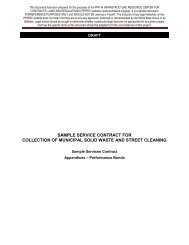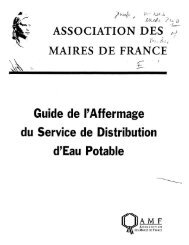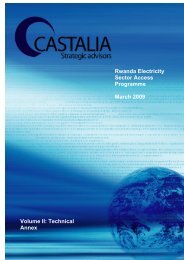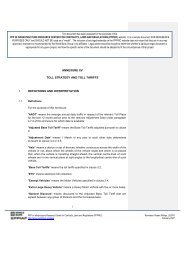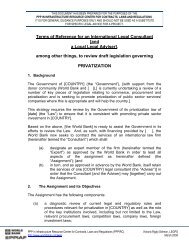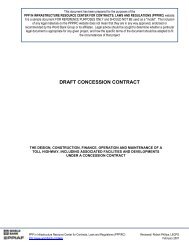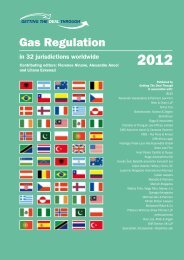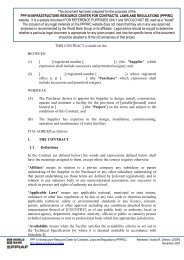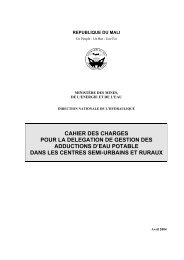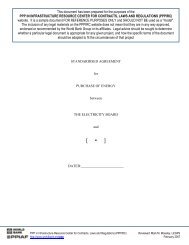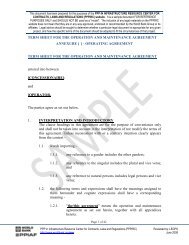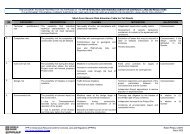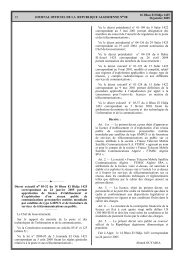Volume I: Investment Prospectus Rwanda Electricity Sector Access ...
Volume I: Investment Prospectus Rwanda Electricity Sector Access ...
Volume I: Investment Prospectus Rwanda Electricity Sector Access ...
- No tags were found...
Create successful ePaper yourself
Turn your PDF publications into a flip-book with our unique Google optimized e-Paper software.
US$1,300 per household in 2009 and fall to around 1,200 in the remaining years of theEDPRS as the programme achieves cost reductions. The cost savings are partially offset eachyear as the programme moves from connecting primarily urban and peri-urban customers toreaching more rural communities. The total costs of the programme fall in 2013 to less thanUS$900 per household as investments to achieve the Government’s EDPRS targets are nolonger required. When the programme achieves efficient cost levels for the region, perhousehold investment costs are project to fall to around US$850.An indication of the additional costs incurred in the access programme by targeting remotecommunities and social institutions is also provided in the right hand columns of Table 5.3.These estimates only include MV/LV investments in the cost per household calculations (i.e.the costs incurred through solar and micro-hydro investments are excluded). Focusing onlyon the cost of MV/LV infrastructure reduces per household investment costs to less thanUS$1,000 in 2009 falling to around US$600 in 2013.Table 5.3: Summary of Costs of <strong>Access</strong> Programme per Household (2009 – 2013)YearHouseholdsConnectedTotal<strong>Investment</strong>(US$ million)Cost perHousehold($/HH)MV/LV<strong>Investment</strong>(US$ million)Cost perHousehold($/HH)2009 36,969 56.1 1,323 35.5 959.72010 57,428 78.9 1,247 50.4 877.22011 65,983 84.2 1,194 47.1 713.52012 67,661 92.1 1,281 51.6 763.32013 71,645 66.3 882 43.0 599.6Total 299,686 377.6 1,185 227.5 782.65.2 <strong>Sector</strong> Funding Needs and Funding SourcesThe cost of increasing access to electricity needs to be fully integrated with other sectorinitiatives to understand the total sector funding needs. Other expenses that must be metinclude the on-going provision of services to existing customers, as well as efforts toimprove the quality of the electrical network and reduce the costs of generation.Figure 5.2 (below) provides an overview of sector financial flows. At the bottom of Figure5.2 are the financial outflows in the electricity sector—operating expenses (OPEX), costs forpurchasing power under contract from independent generators (PPAs), capital costs for newgeneration and transmission facilities and the costs of the access programme. The figureshows that these costs must be met from three sources of funds: customer payments(primarily tariffs and connection charges), Government transfers and grants fromdevelopment partners.For the electricity sector to be financially viable, the entire funding needs of the sector,including both capital and operating costs, must be able to be covered from the threesources of funds. In simple terms, over any period of time, the cash needs of the sector—46



